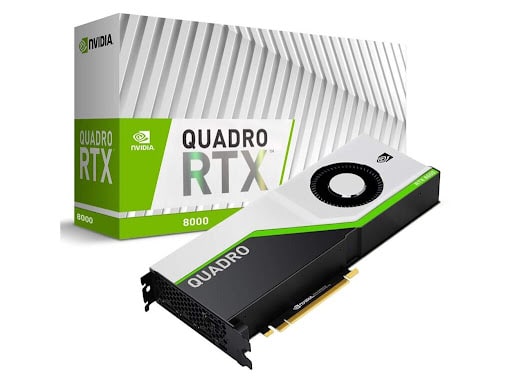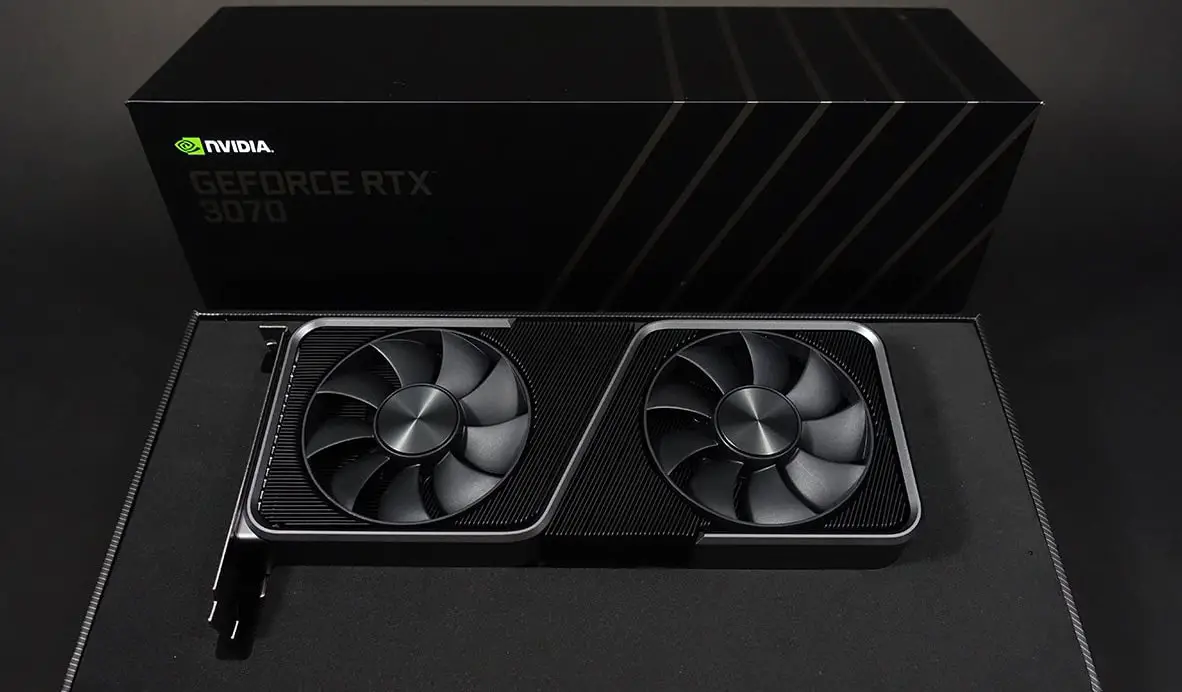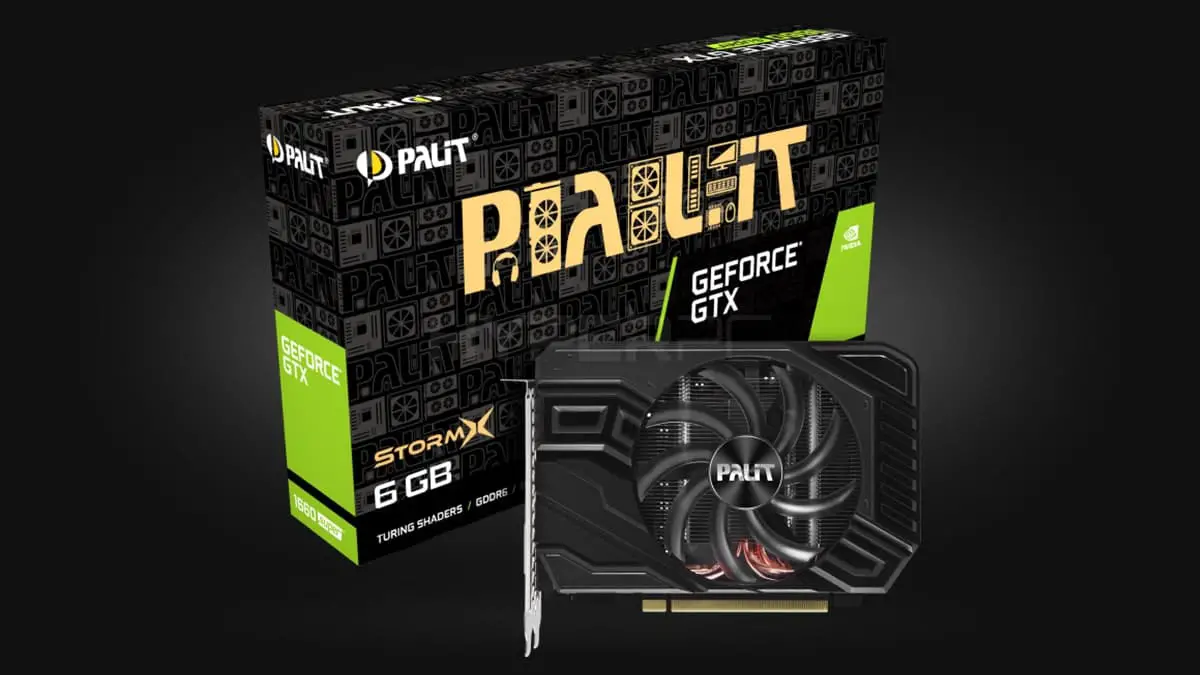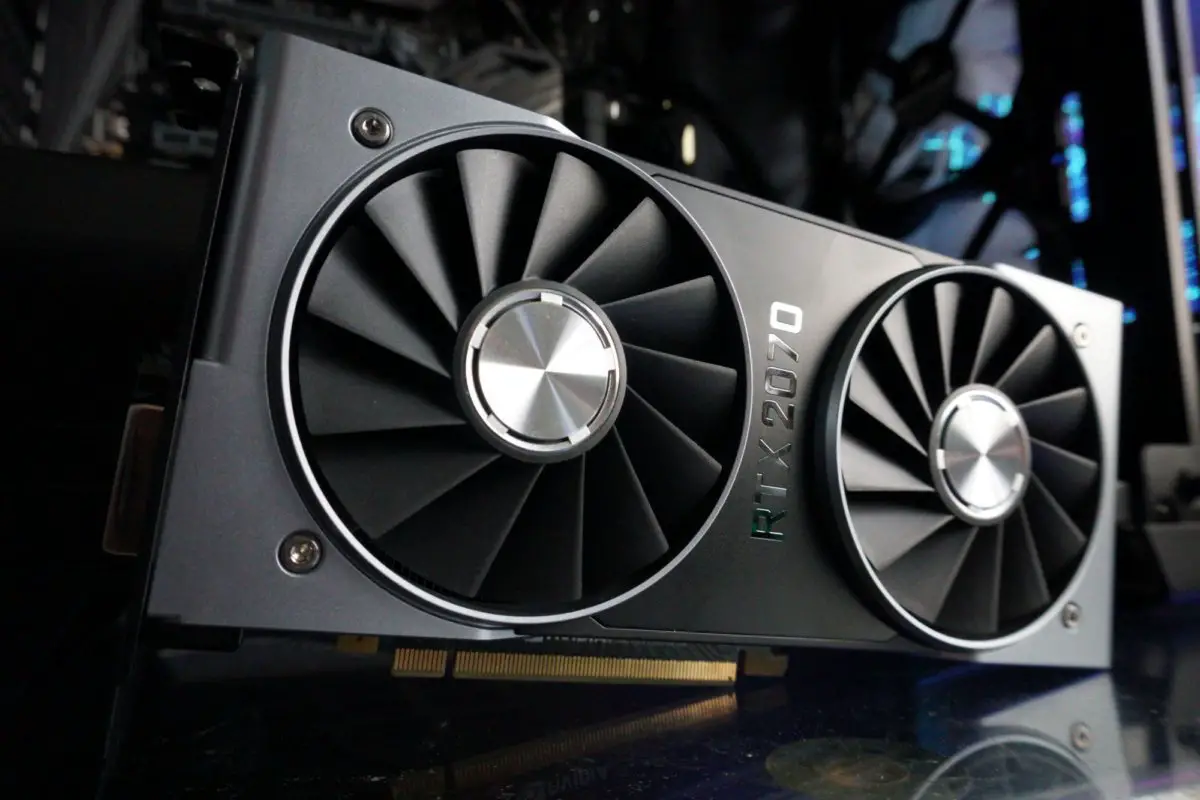Test PC configuration and test suite – Nvidia Quadro 4000 Mining
| CPU | Intel Core i9-7980XE (18 cores; 2.6 GHz) |
| Motherboard | ASUS ROG STRIX X299-E GAMING |
| Memory | HyperX FURY (4x 16GB; DDR4-2666 16-18-18) |
| Graphics | AMD Radeon VII (16 GB; Press Driver from 22.01) AMD Radeon Pro WX 8200 (8 GB; 18.Q4.1) NVIDIA GeForce RTX 2080 Ti (11 GB; 417.71) NVIDIA TITAN Xp (12 GB; 417.71) NVIDIA Quadro RTX 4000 (8 GB; 412.16) NVIDIA Quadro P6000 (24 GB; 412.16) NVIDIA Quadro P4000 (8 GB; 412.16) |
| Audio system | Built-in |
| Storage device | SSD Kingston KC1000 960 GB M.2 |
| Power Supply | Corsair 80 Plus Gold AX1200 |
| Frame | Corsair Carbide 600C Inverted Full-Tower |
| Cooling system | All-in-one liquid cooler NZXT Kraken X62 |
| Operating system | Windows 10 Pro version 17763 (1809) |
All of our benchmarks can be divided into three large groups. The first includes tests from the Adobe Premiere Pro and MAGIX Vegas Pro packages for transcoding video files using AVC and HEVC codecs, as well as tests from the Sandra package showing performance in financial and scientific calculations and in cryptographic tasks.
The second group includes renders: the popular open design package Blender, as well as LuxMark, Radeon ProRender and especially for NVIDIA video cards – Redshift, V-Ray and OctaneRender.
The third group includes tests from the SPECviewperf package for rendering modeled objects, as well as tasks from popular design applications – CATIA, SolidWorks, Siemens NX, Creo and 3ds Max and Maya from Autodesk.
So let’s go.
Adobe Premiere Pro and MAGIX Vegas
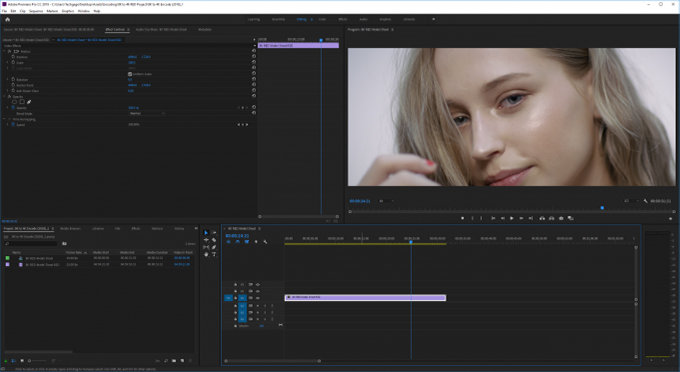
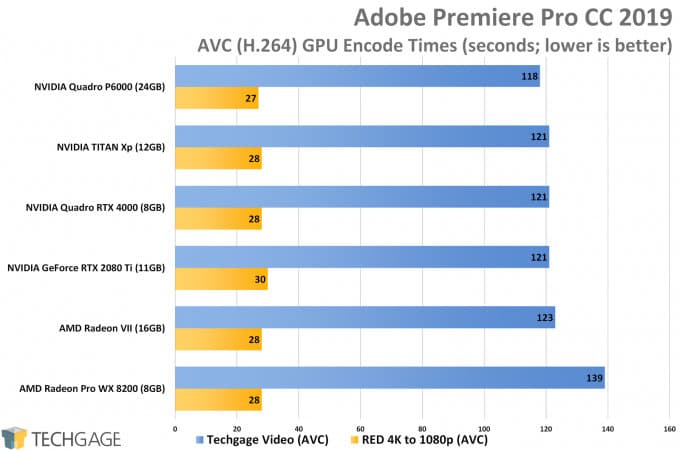
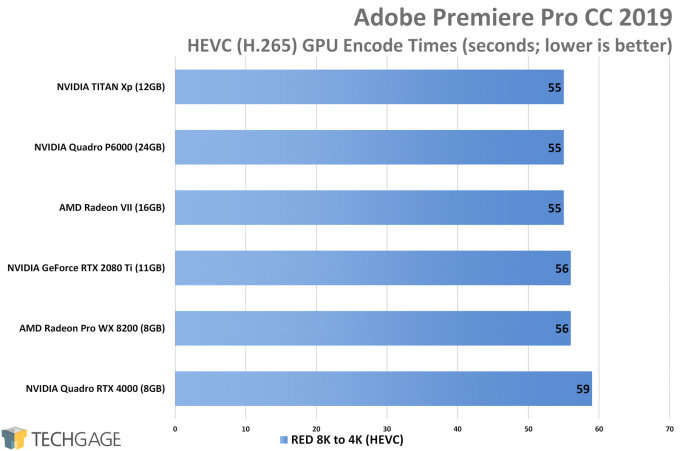
The Premiere Pro and Vegas results require some additional clarification: they are taken from the Radeon VII graphics card review, and we were going to quickly add the results of the P4000 to them – until similar results were published elsewhere. However, we did not, and this point needs to be clarified.
In our last Premiere Pro test, only the top tier cards were tested, and all results are roughly at the same level. This makes the subsequent results predictable, but not very interesting, so for the future we decided to revise the testing methodology.
We plan to add a video playback test (which takes a lot of time) to the testing program in Premiere Pro; such a test will be more revealing than simple transcoding. In the meantime, the GPU is faced with the task of transcoding video to a lower resolution, the results of high-end video cards will be approximately the same (compare, for example, RTX 4000 vs. P4000 vs. TITAN Xp vs. WX 8200).
One of the important aspects of comparing professional and gaming video cards: professional applications (both optimized for AMD hardware and NVIDIA) often mean 10-bit color depth, which only professional video cards are guaranteed to provide. For example, working in Photoshop with 10-bit color depth requires a professional card, although many other applications run well on game cards as well. The 10-bit color requirement applies to Premiere Pro as well, but it is not absolute. In general, it is almost impossible to find reliable information about 10-bit color depth support for gaming and professional cards. Probably, it was intended.
In MAGIX Vegas, there were no problems with the discernibility of results, but something went wrong on the NVIDIA side (possibly due to the drivers). After the Radeon VII review was published, we spent some time refining the testing program to include a video playback test. However, this time we were unable to conduct it due to the fact that MAGIX Vegas cannot work correctly on NVIDIA video cards using common FX filters, for example, Median and LUT, and this problem occurs both during transcoding and when playing video files.
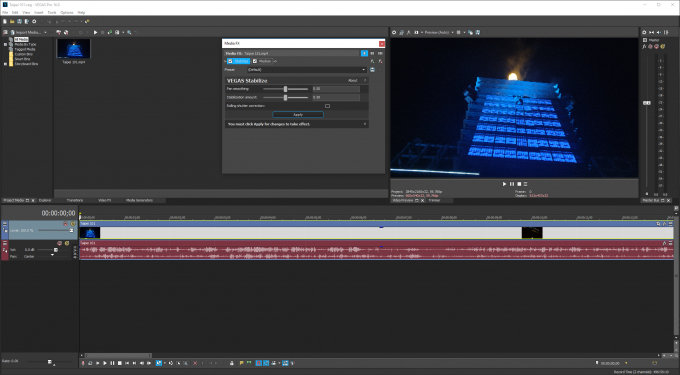
Below are the results of a simple transcoding without using filters. These may seem like yesterday’s results, but keep in mind that we didn’t use FX filters. In the future, the results of this test will show more relevant performance.
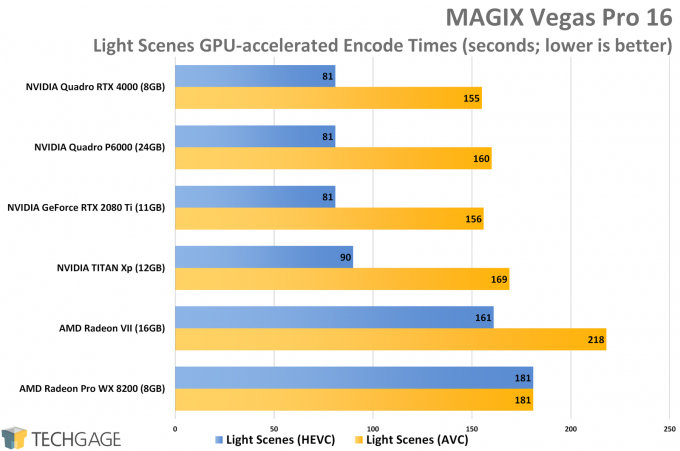
The Radeon VII card performs so well in Vegas that it seems to be by far the best choice in this category of graphics cards. But this result was achieved against the background of not very successful performance of NVIDIA cards. In general, Vegas is one of those programs where you never know what the result will be with performance. Previously, according to the results of previous versions, NVIDIA video cards were in the lead, but now NVIDIA and AMD have swapped places.
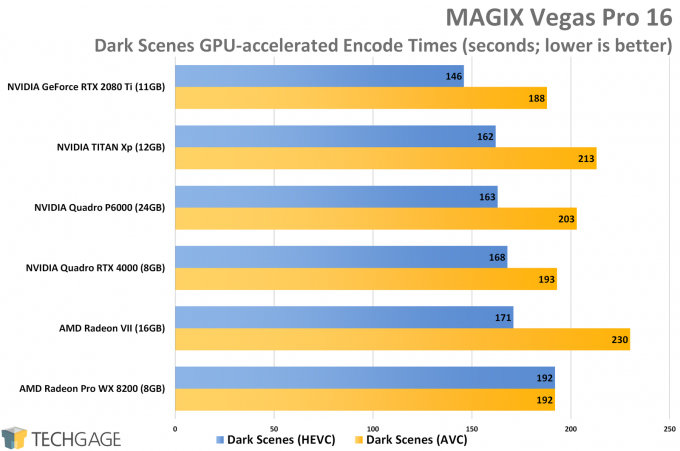
There will be much more information here in future reviews. At the moment, the conclusion suggests itself that the main problem is that the NVIDIA hardware in Vegas for some reason does not work in the best way; in addition, we need to modernize the program and testing methodology in Premiere Pro. Of course, this will take quite a long time, but we plan to do this at the earliest opportunity.




